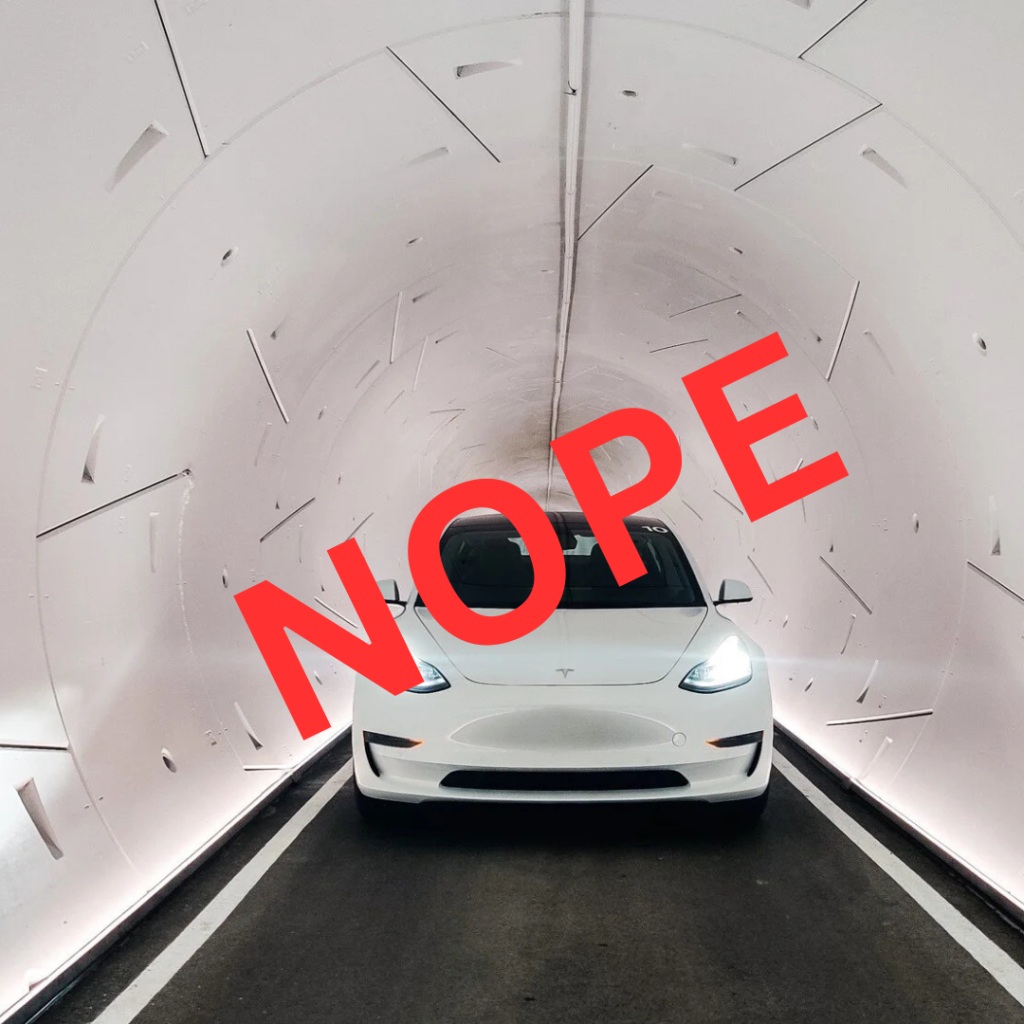Once upon a time in America, the road system was largely funded by the gas tax. But that was many Highway Trust Fund bailouts ago.

Today, only about half the money spent on the U.S. road system comes from fuel taxes, tolls, or other fees paid by drivers, according to a new report [PDF] by the U.S. Public Interest Research Group. Taxes with no relation to the amount people drive -- property taxes and sales taxes, for instance -- account for about 42 percent of road and highway spending, PIRG reports. Another 10 percent comes from bonding, and given elected officials' deep reluctance to raise gas taxes, a lot of those bonds won't be paid off by drivers.
Between 1947 and 2012, the total subsidy for American roads amounted to about $1 trillion, according to PIRG's analysis of data from the Federal Highway Administration. On an annual basis, the road subsidy has only been getting larger recently, as inflation eats away at gas tax revenues and cars become increasingly fuel efficient. Today, drivers cover roughly 50 percent of spending on roads, compared to 70 percent in the 1970s.
The average American household now supports the U.S. road system to the tune of between $1,100 and $1,848 per year in sales taxes, property taxes, and other indirect subsidies, such as the cost of traffic collisions to government agencies, according to PIRG.
"Our transportation finance system resembles a 'users pay' model less than at any time in modern history," write authors Tony Dutzik, Gideon Weissman, and Phineas Baxandall. "The conclusion is inescapable: all of us, regardless of how much we drive, now bear the cost of our roads."
In fact, federal, state, and local governments spend more money subsidizing roads than they spend on transit, biking, and walking combined, PIRG finds.
So, keep this research handy the next time someone tells you that America's transportation system is paid for by drivers whose money gets diverted to other priorities like transit and biking. The truth is that we all pay for roads, whether we drive or not.







